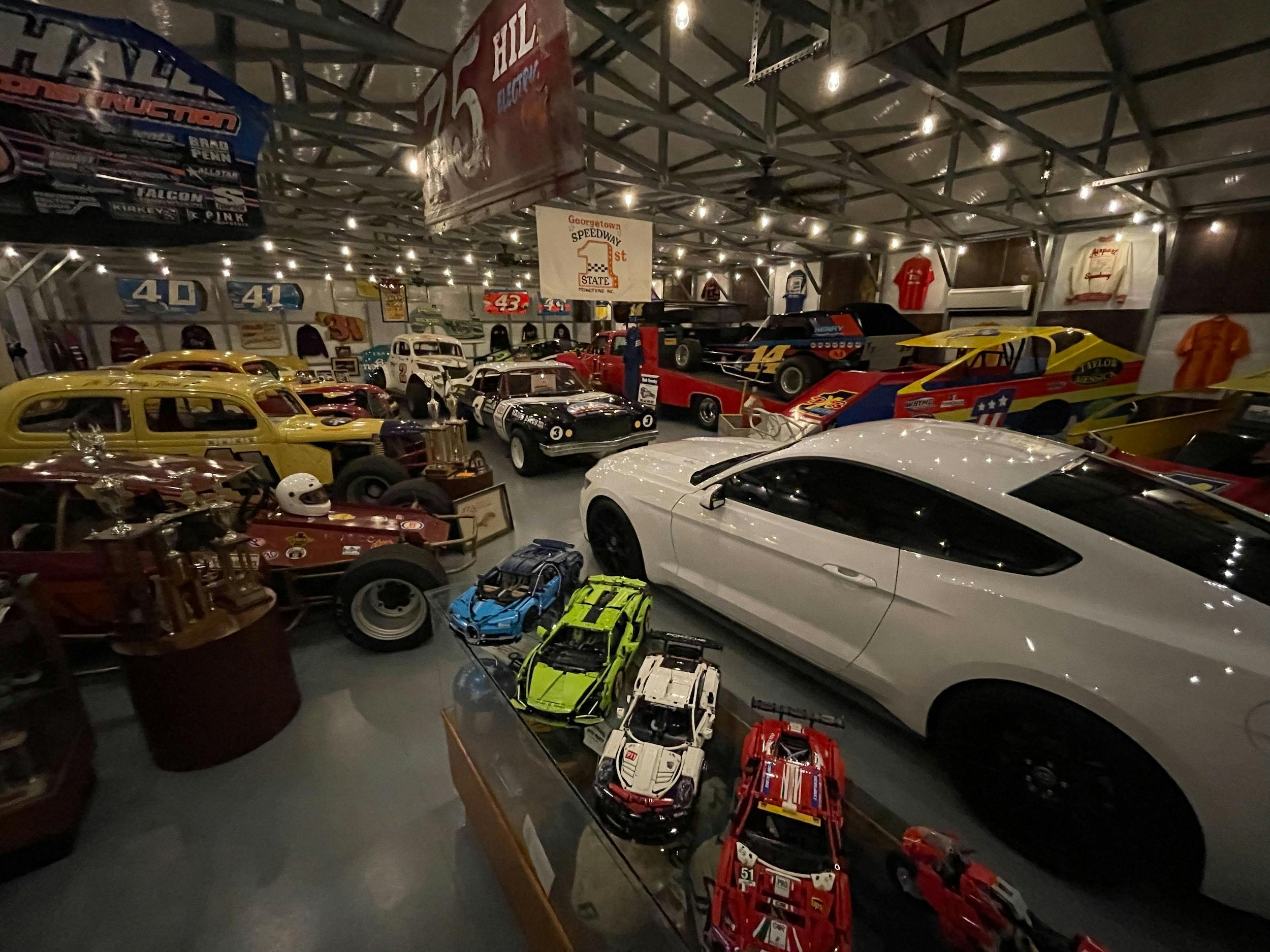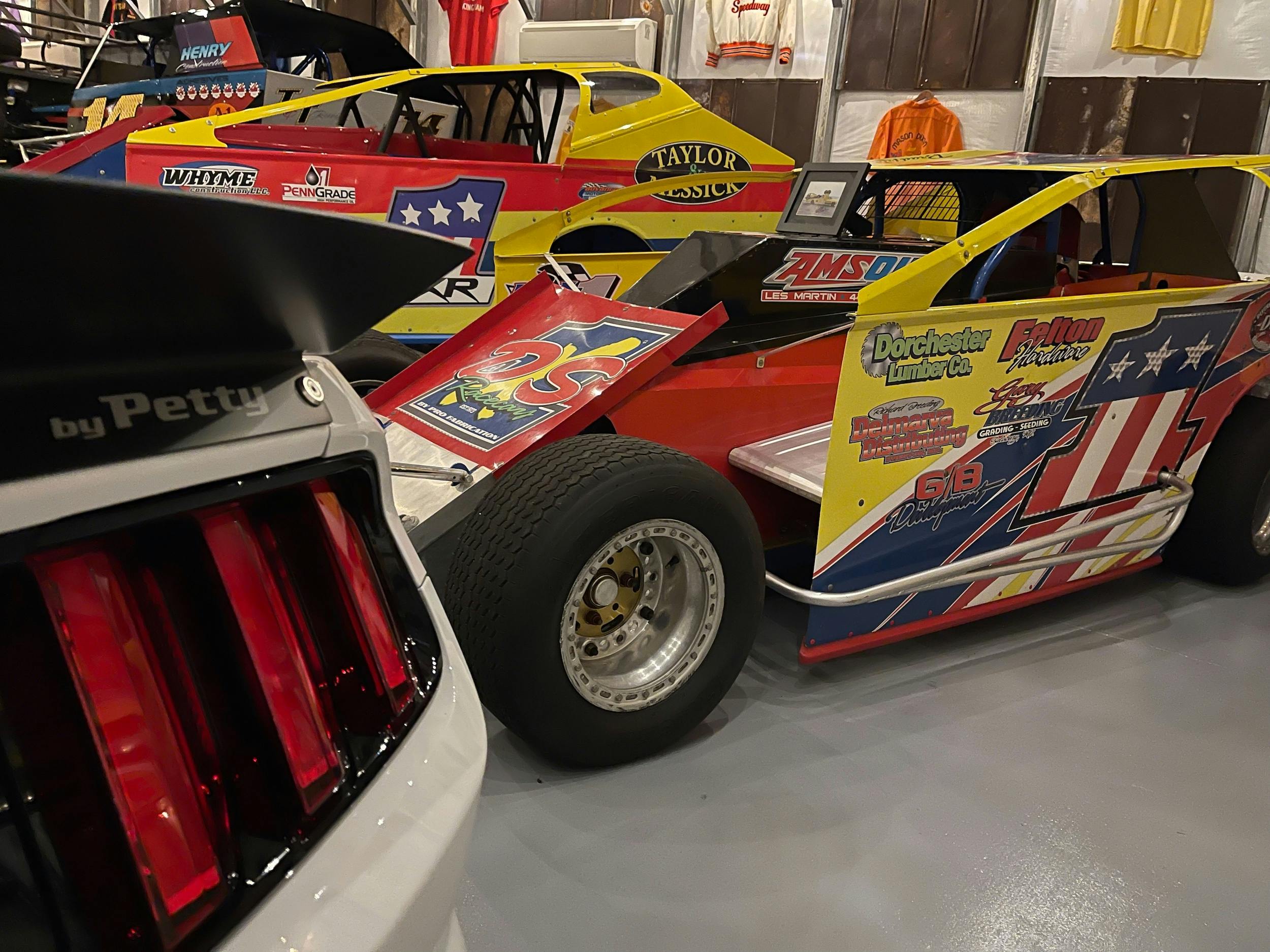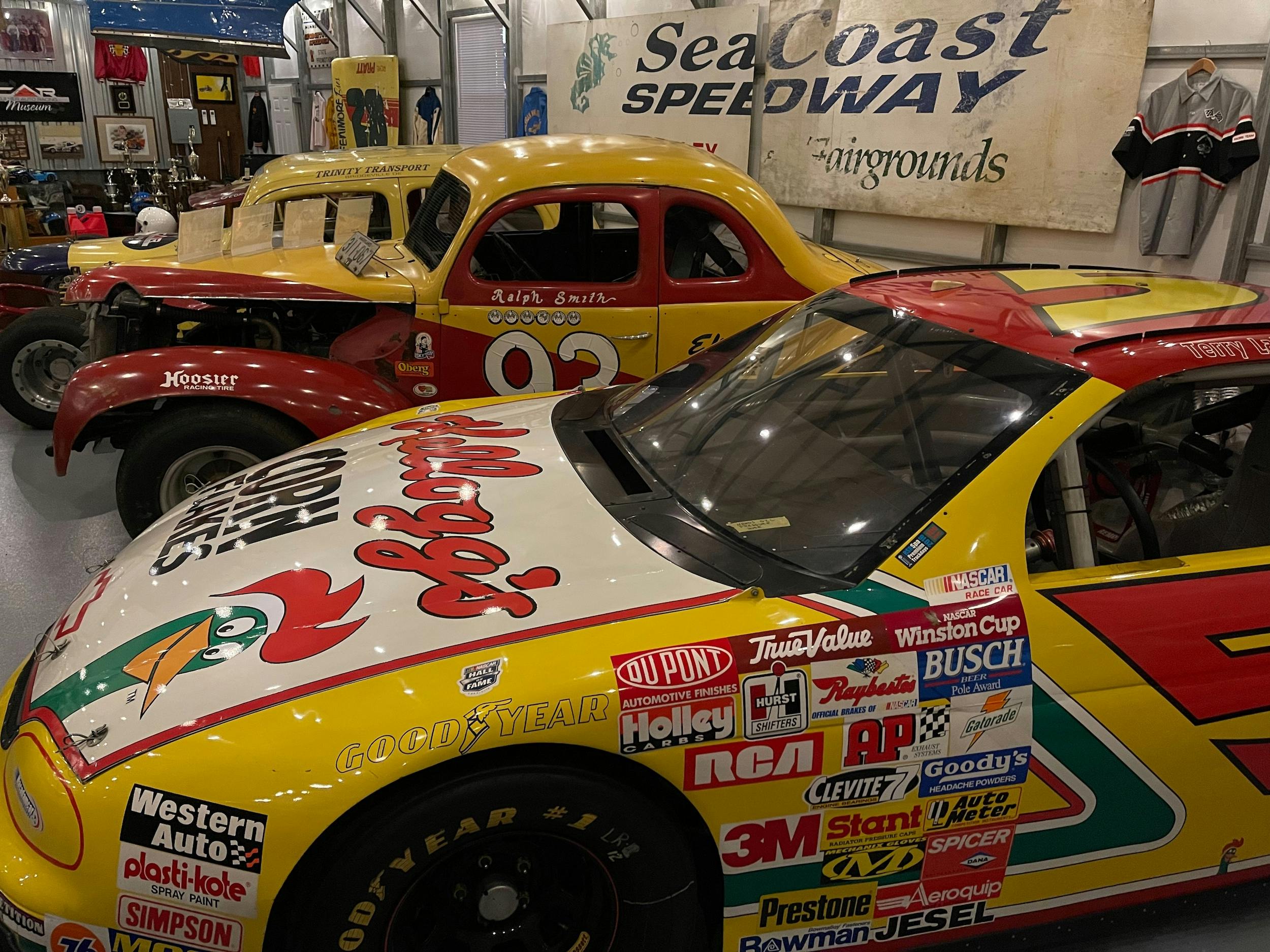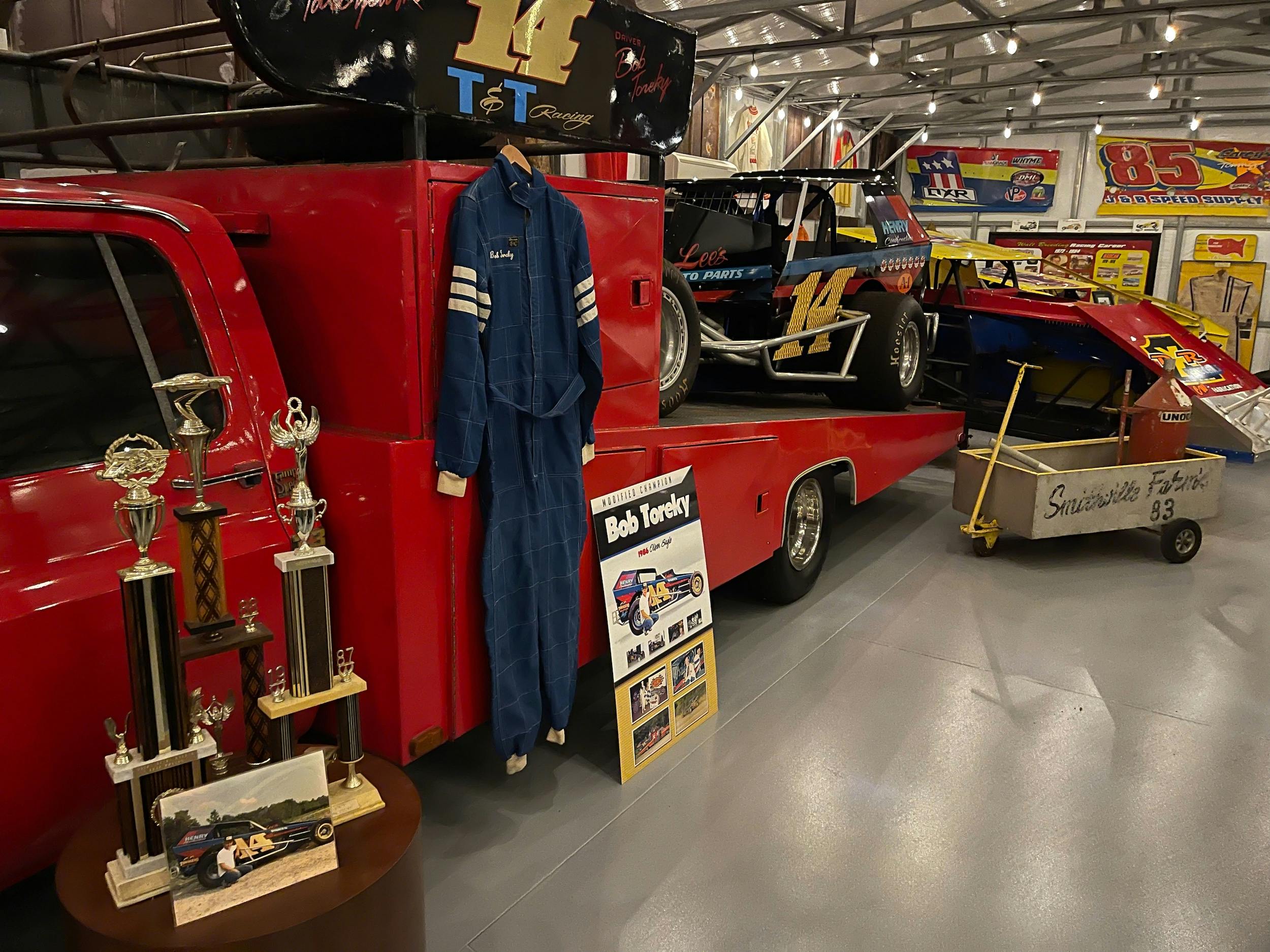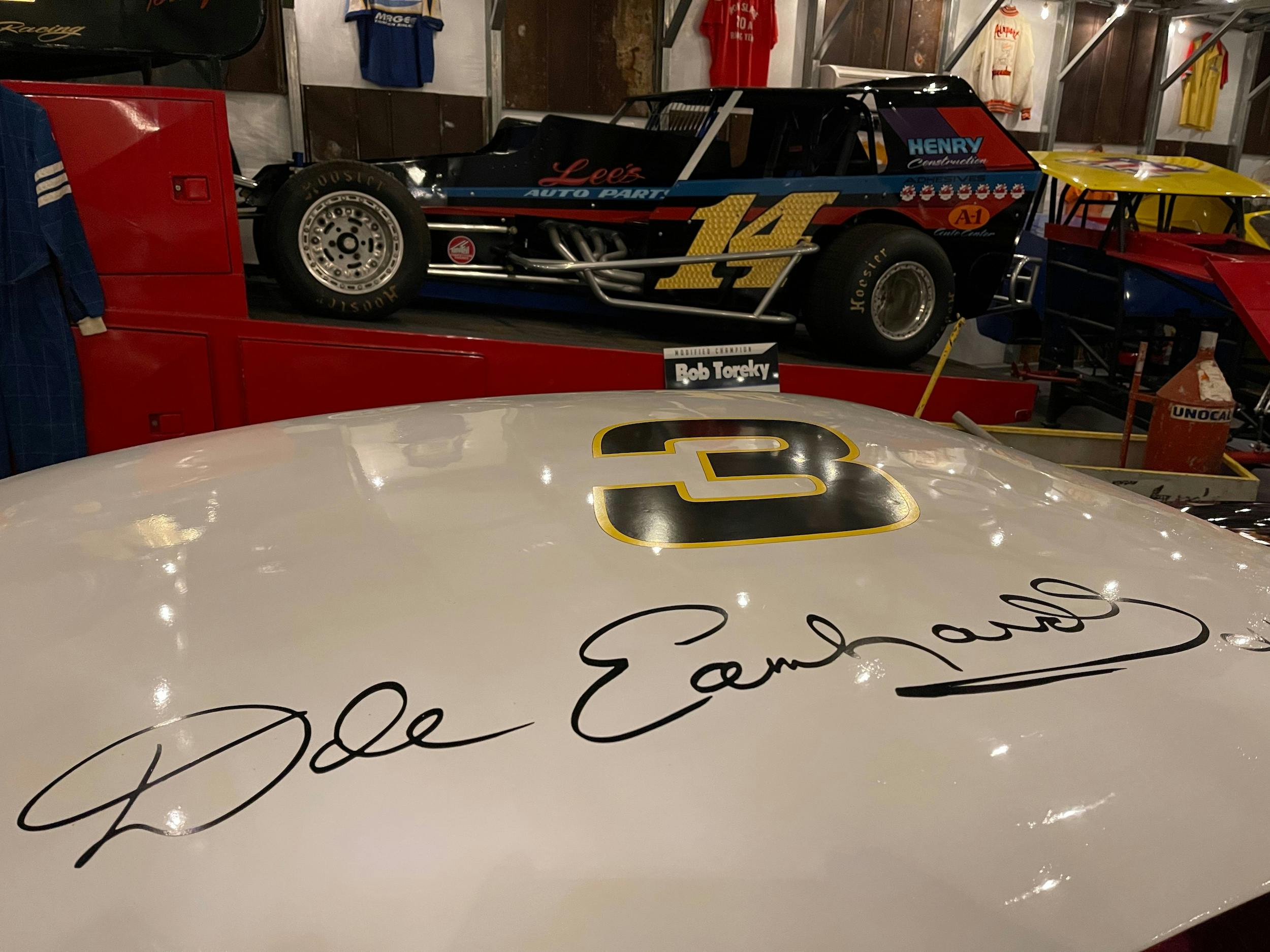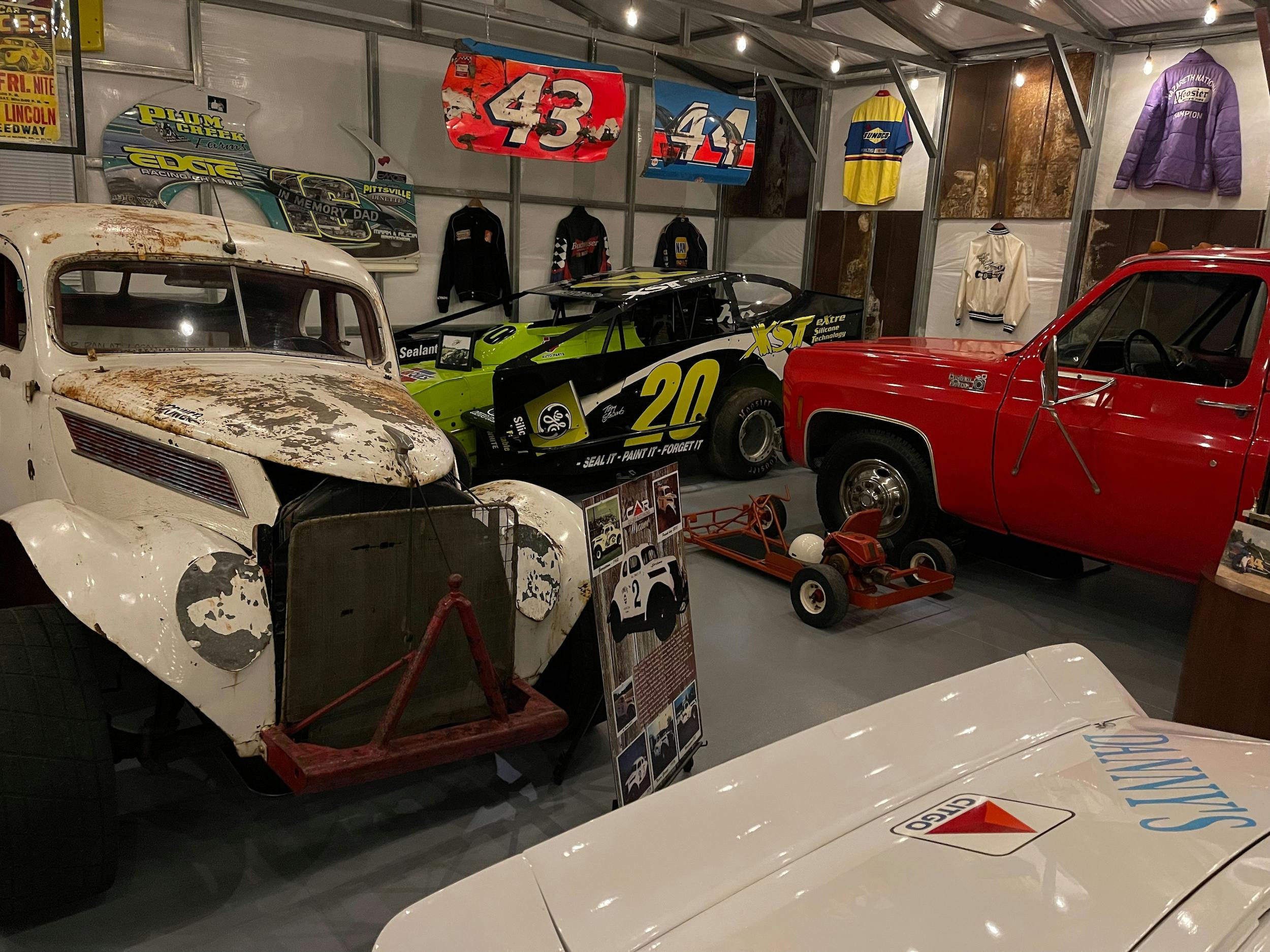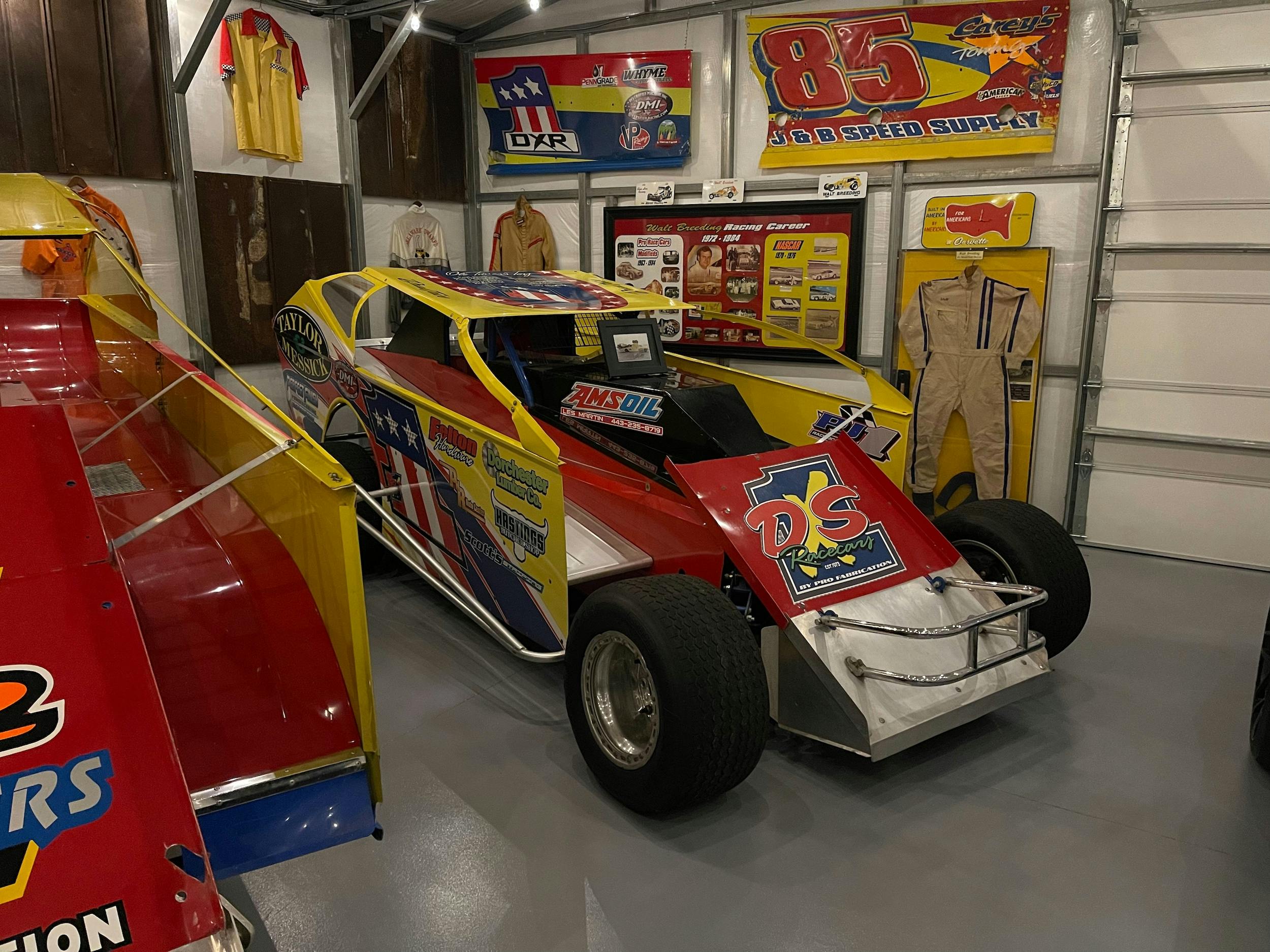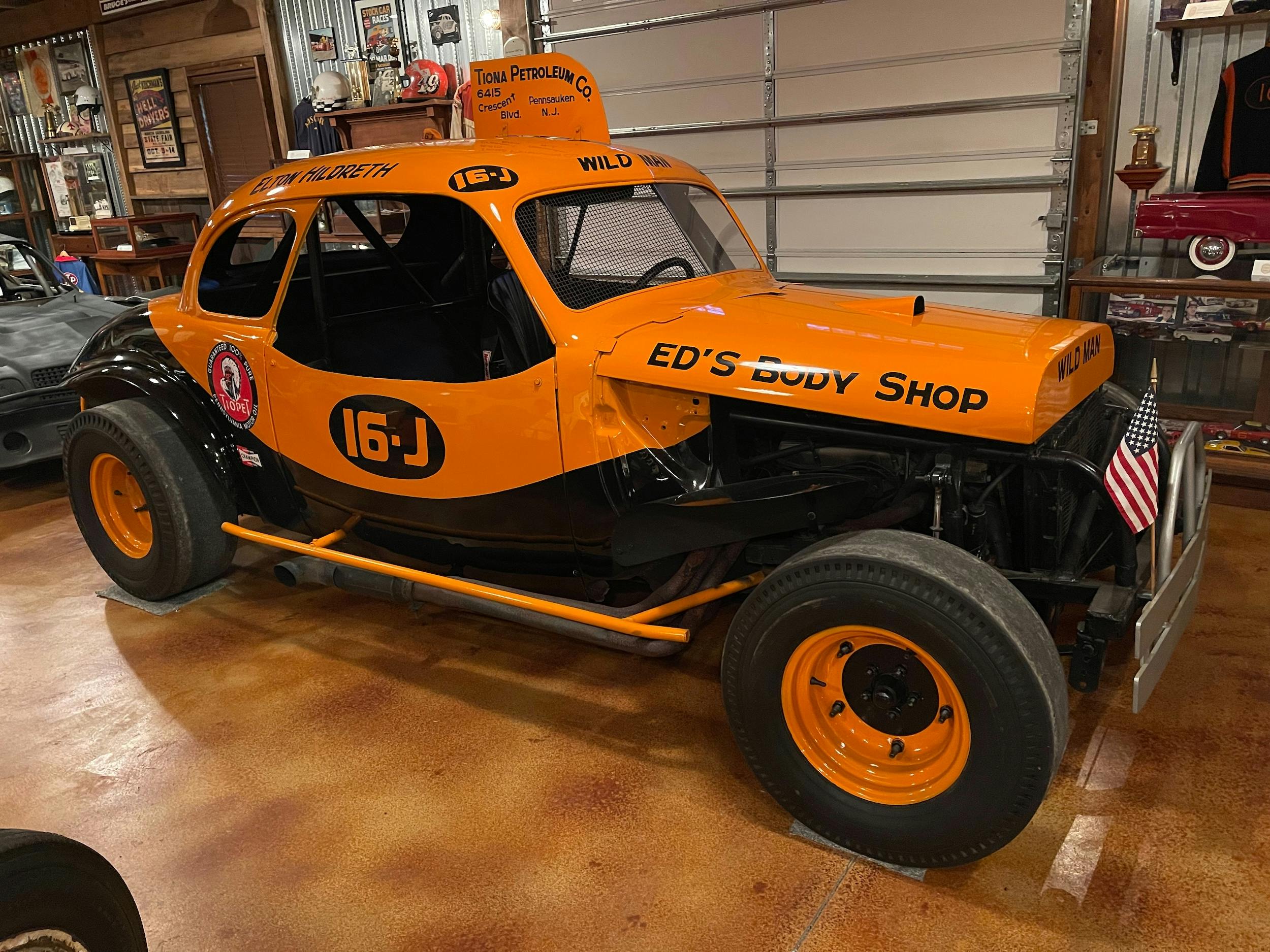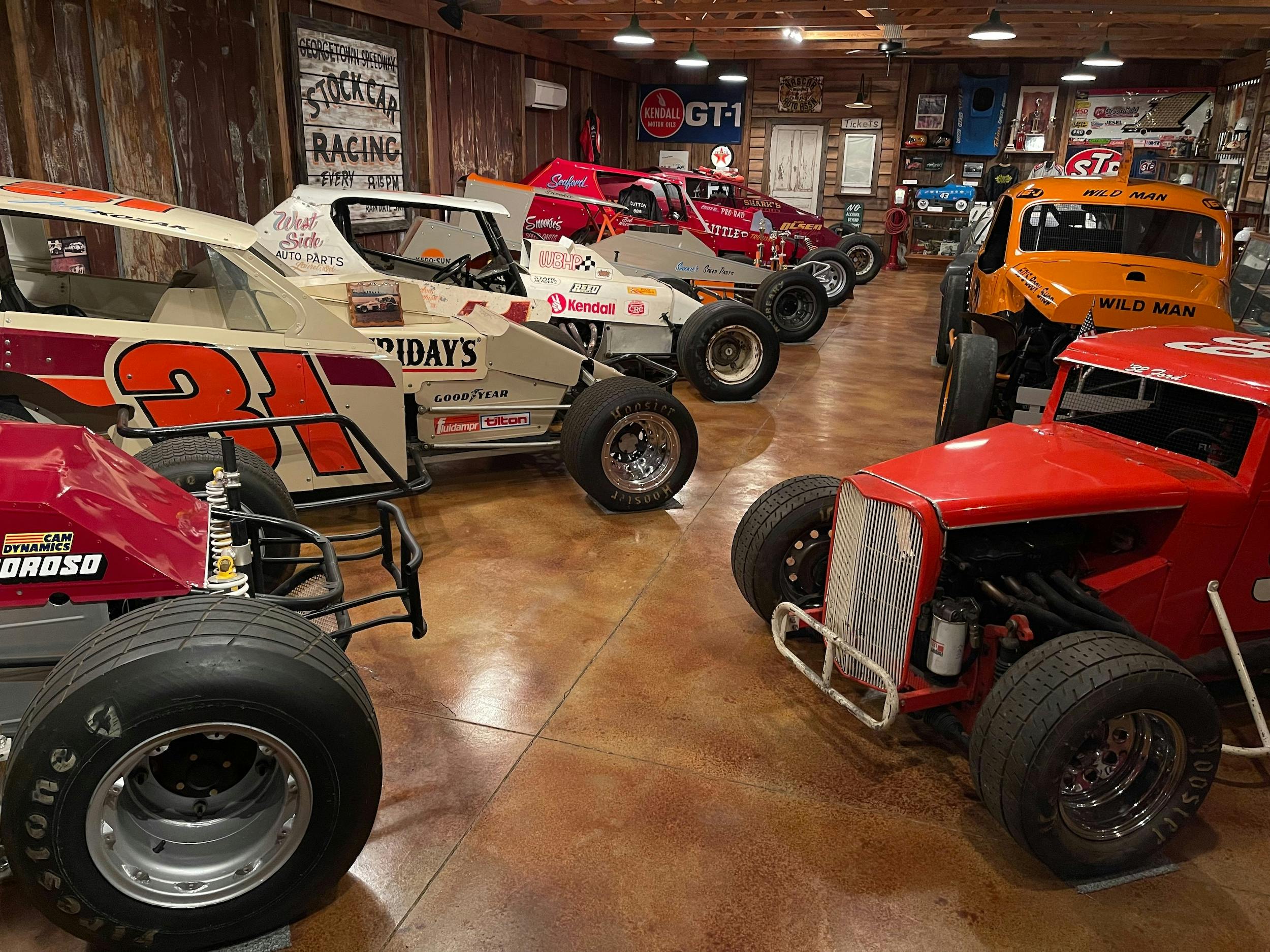How I became a steward of unsung dirt-racing history
I grew up in Delaware in the 1970s and ’80s, in the shadow of two dirt tracks. Every weekend, modifieds, late-models, and sprint cars hit the track with the best drivers from the East Coast, battling it out for top honors. I can still remember everything about my first visit to the racetrack as a 5-year-old. Big-block modified race cars warming up in the pits like distant thunder. The smell of the fuel blending with the scent of hot dogs being cooked beneath the grandstands. The roar of the rowdy crowd cheering on favorite local drivers. And, of course, the cars! The cavalcade of color and sound that streaked by me that day left a big impression. It eventually led me to a life of preserving these machines and the history behind them.
Fast-forward 20 years, that young boy from Delaware lives in North Carolina, all grown up with a family of his own. I enjoy life in the South, but I never forgot the impression racing in the Northeast made on me.
One day, I was trying to explain to a local friend how great the racing was back in Delaware. The Internet had few references to the great racing history in that area. Then it hit me: Someone needs to preserve this history and the cars that made it. So I sought out and restored my first race car: a Kenny Weld–built chassis driven by many of the area’s top drivers, which I’d found on a scrap pile back in Delaware.
It was quite a learning experience, but after a year, the car was complete and I was as passionate as ever to keep going. After finishing that car, I published my first book on racing history, Delaware Auto Racing. It was a huge success in that it got people to start preserving the local racing legacy. Race cars are really no different than fingerprints, each one as unique as the people who build and drive them.
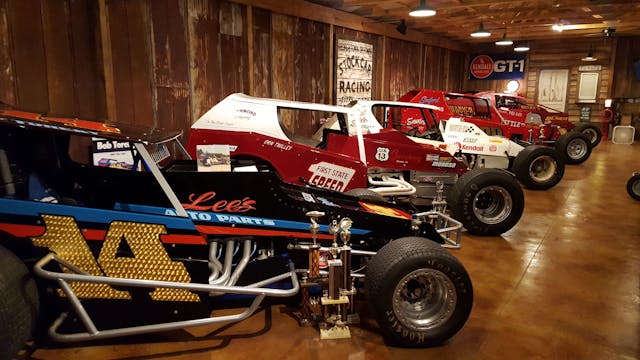
It has been a decade since that first restoration and my first book, and I’ve come a long way. I now have a small museum with 24 cars that represent different eras of racing, from an all-original 1937 Ford modified to a modern-day sprint car. I have also published four more books on racing and helped place three state historic markers to immortalize tracks in both North Carolina and Delaware. It has been so satisfying to see how preserving these cars brings out the passion and emotion in others as well. I often get visitors who stop by to view the cars they used to see racing. Some of them break down and cry when I fire up a car they remember from back in the day.
Race cars hold a special place in our lives. We can all relate to a specific car we watched as a child or even as an adult, and when we see it years later, the mere sight of it transports us back in time.
This article first appeared in Hagerty Drivers Club magazine. Click here to subscribe and join the club.
Check out the Hagerty Media homepage so you don’t miss a single story, or better yet, bookmark it.

